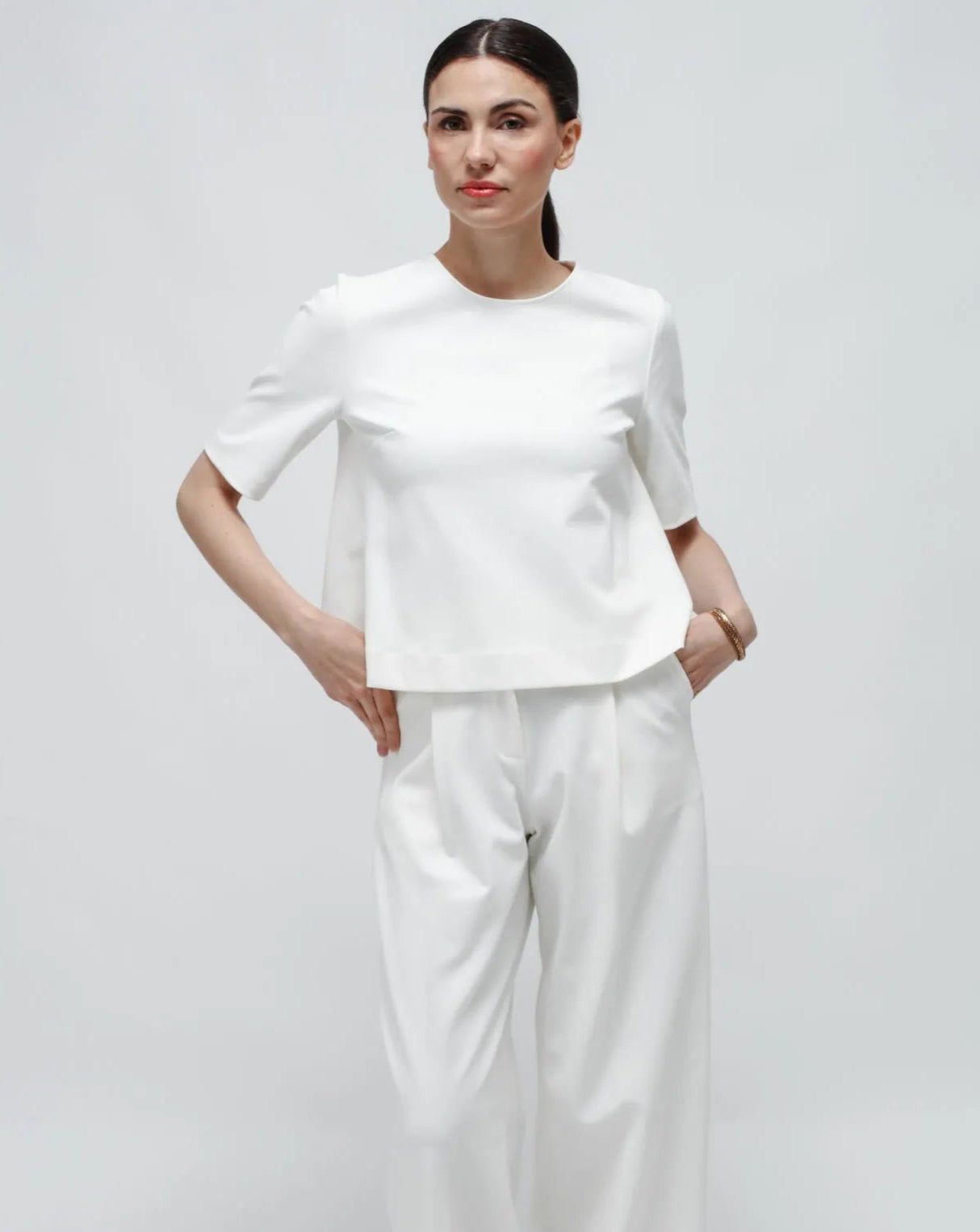Articolo:

Cosa c'è di sbagliato nella Fast Fashion?
Cosa c'è di sbagliato nel fast fashion? In una società in cui la crescita economica è prioritaria su ogni altra cosa, spesso è il pianeta a pagarne il prezzo. L'avidità sfrenata ha portato alla lenta distruzione della nostra unica casa. Milioni di alberi sono stati abbattuti e centinaia di santuari naturali sono stati devastati. I cieli sono pieni di inquinamento e i mari traboccano di plastica tossica e petrolio. Migliaia di specie selvatiche sono scomparse o sono quasi estinte e milioni di persone sono state sfollate dalle loro case a causa del cambiamento climatico.
In questa storia, la moda è uno dei principali responsabili, anche se non vogliamo ammetterlo. Dietro ogni capo, c'è un'azienda che sfrutta le nostre risorse naturali, contamina il nostro suolo, inquina i nostri cieli e distrugge la nostra biodiversità. L'industria della moda è responsabile di uno dei più grandi impatti ambientali e dovrebbe essere ritenuta responsabile dei suoi effetti sulla crisi climatica.
Il fast fashion ha rivoluzionato il settore con i suoi tempi di consegna incredibilmente rapidi e i suoi cicli di tendenza. I marchi di fast fashion sono noti per essere economici, alla moda e facilmente accessibili. Questo potrebbe sembrare ideale per il cliente, ma c'è un lato oscuro in questa storia.
Per cominciare, "la produzione di abbigliamento è raddoppiata dal 2000 al 2014 e la persona media acquista il 60% di capi in più, indossandoli per la METÀ del tempo. Quasi OGNI singolo fattore dell'impatto della moda aumenta con l'aumento della produzione: emissioni, inquinamento, perdita di diversità e sprechi." (A New Textiles Economy, Ellen MacArthur Foundation).
Oltre ai volumi, il fast fashion è noto per la sua velocità, che ha un costo umano reale. Quando i marchi del fast fashion accelerano i tempi di produzione e influenzano altri marchi a seguire i loro modelli di business per abiti più economici e profitti più elevati, ciò in genere si traduce in operai e agricoltori costretti a lavorare più ore, con ritmi più sostenuti e salari più bassi. Il fast fashion è così economico perché molti lavoratori non ricevono salari equi e devono sopportare condizioni di lavoro terribili che incidono sul loro benessere fisico e mentale.
Noi, come consumatori, raramente ci soffermiamo a pensare al prezzo reale che stiamo pagando, e forse se lo facessimo, il mondo sarebbe un posto migliore. Non è qualcosa di cui arrabbiarsi, ma un promemoria per essere più consapevoli e attenti ogni volta che andiamo ad acquistare un nuovo capo d'abbigliamento.
Oggi, l'industria della moda sta cambiando perché è spinta dalla domanda dei consumatori. I marchi si stanno impegnando per impegnarsi in sostenibilità e realizzare collezioni con materiali riciclati, e le organizzazioni di attivisti stanno spingendo i governi a formulare più politiche che regolino il modo in cui i marchi operano e producono, in linea con la lotta alla crisi climatica e gli Obiettivi di Sviluppo Sostenibile delle Nazioni Unite.
Fonte:
A New Textiles Economy, Ellen MacArthur Foundation https://ellenmacarthurfoundation.org/a-new-textiles-economy




